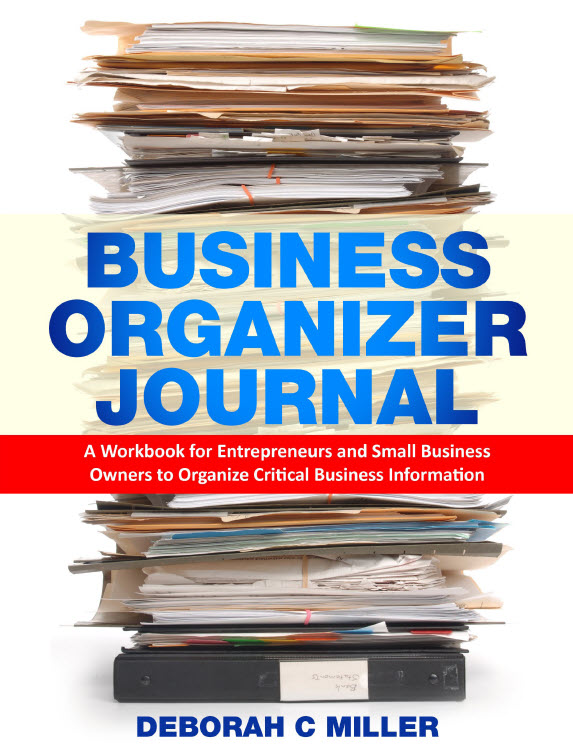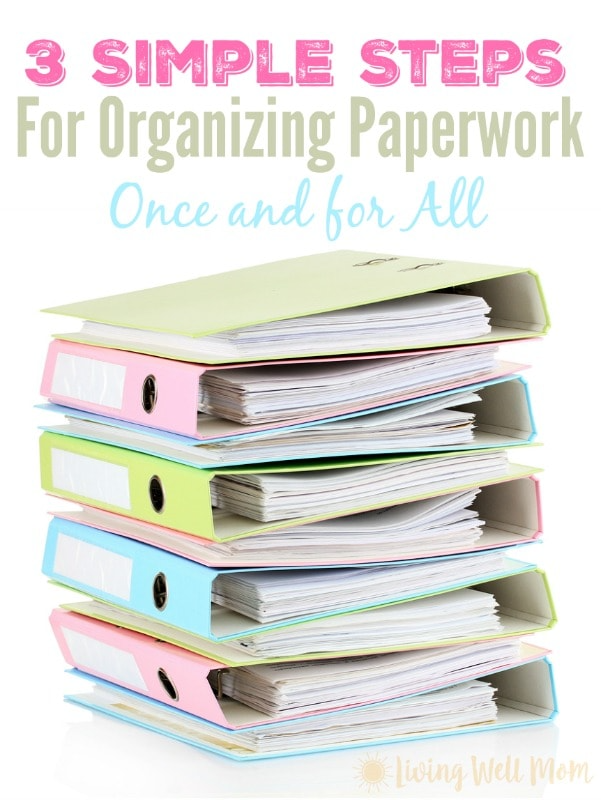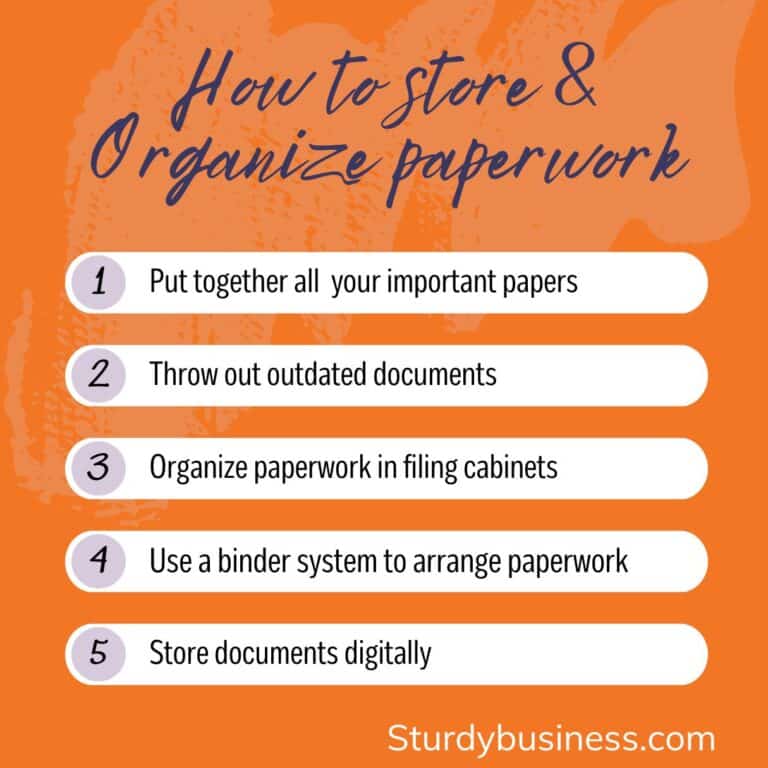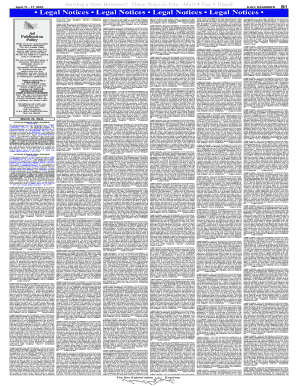7 Proven Ways to Organize Business Paperwork

Running a business involves managing various documents and paperwork, from financial statements to legal contracts. The organization of these papers can significantly affect efficiency, compliance, and operational smoothness. Here are seven proven ways to keep your business paperwork in perfect order.
1. Implement a Filing System

A well-organized filing system is fundamental to efficient paperwork management. Here are some steps to consider:
- Choose your categories: Determine relevant categories for your business documents like financial, HR, legal, marketing, etc.
- Use color coding: Assign different colors to various categories for quick visual identification.
- Label clearly: Ensure each file or folder has a clear, legible label.
🗂️ Note: A consistent color-coding system can significantly reduce time spent searching for documents.
2. Go Digital with Document Management Software

Digitalization is key in modern business:
- Scan and store: Scan documents and upload them to document management software for easy access.
- Use cloud storage: Consider cloud solutions like Google Drive, Dropbox, or dedicated software for secure and scalable storage.
- Implement OCR: Use Optical Character Recognition (OCR) technology to make documents searchable.
3. Prioritize Document Security

Security should never be an afterthought:
- Encrypt digital documents: Use encryption for sensitive documents to prevent unauthorized access.
- Physical access control: Restrict physical access to paper documents with locked filing cabinets.
- Data Backup: Regularly back up digital files to prevent data loss.
🔒 Note: Never underestimate the importance of document security; a data breach can be catastrophic for a business.
4. Establish Retention Policies

Knowing how long to keep documents is crucial:
- Understand legal requirements: Be aware of local, national, and international laws regarding document retention.
- Create a destruction schedule: Regularly review and dispose of outdated documents according to your retention policy.
5. Train Your Team

Your employees are your first line of defense in document organization:
- Conduct training sessions: Educate your team on document handling, filing, and the importance of organization.
- Implement SOPs: Standard operating procedures for document management ensure consistency.
6. Regular Audits

Perform regular audits to maintain system integrity:
- Physical audits: Check for missing or misplaced documents in your filing system.
- Digital audits: Use automated tools to verify the integrity and organization of digital files.
- Policy review: Regularly update your document retention and destruction policies.
7. Use Technology for Efficiency

Here are some tech tips for streamlining your paperwork:
- Automated sorting: Software that automatically categorizes documents.
- Workflow automation: Use tools like Asana or Trello to manage document-related workflows.
- Document Version Control: Ensure you’re always working on the latest document version with version control tools.
The organization of business paperwork doesn’t have to be a daunting task. By adopting these seven proven strategies, you can streamline your document management, enhance accessibility, and ensure security. Remember, a well-organized business is a more efficient, compliant, and successful one.
What are the benefits of digitizing business documents?

+
Benefits include easy access, reduced physical storage needs, enhanced security, and the ability to share documents quickly and safely over the internet.
How long should businesses keep financial records?

+
The retention period for financial records can vary, but generally, businesses are required to keep them for at least six to seven years.
What should I do if I lose an important document?

+
Check backups or digital copies first. If not found, contact the document issuer for a replacement or file a report if necessary.
Can I shred documents instead of storing them?

+
Yes, you can shred documents after the required retention period. Ensure to use a cross-cut shredder for sensitive information to prevent reconstruction.
What types of documents are most critical to secure?

+
Critical documents include financial statements, employee records, contracts, and any document with personal or sensitive business information.